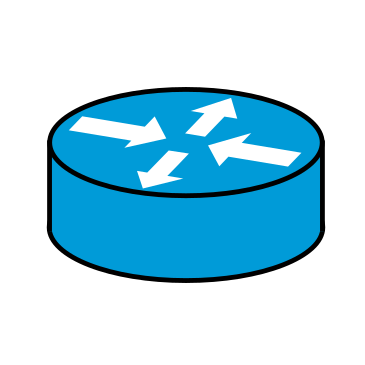

They also dominate compute. There’s still a lot of software that depends on CUDA.


They also dominate compute. There’s still a lot of software that depends on CUDA.


A good photo can really go a long way. Back up and zoom in as much as possible to reduce perspective distortion. Try to get the camera square to the part.
Another nice trick for small parts with a flat face is a flatbed document scanner. Unlike a camera, the scanner ensures no perspective distortion. They also have a known scale (the DPI). Or, for more accuracy, you could calibrate the scale factor by scanning a ruler.
It makes way less difference to the sound than most people think. In a blind test with different string gauges, I think few people would be able to tell which is which.
Also be aware that changing string gauge also changes the tension. You will need to readjust intonation, spring tension (unless you have a fixed bridge), and possibly truss rod.
For a beginner, I would highly recommend sticking with the standard 10-46. Aside from the adjustments needed, heavier strings are also a bit harder to play. Even as an experience player, I find zero benefit of heavier gauges.
If you like OpenSCAD, you should definitely give CadQuery a try. I’ve used both, and CadQuery absolutely blows OpenSCAD out of the water.


What does the probed mesh look like? If you run multiple probe cycles, are the results consistent?


However, that’s not really any better for privacy. There’s absolutely nothing preventing someone from logging a history of the changes.


https://rockylinux.org/news/2023-06-22-press-release/
While this certainly makes things difficult, I wouldn’t count Rocky out just yet.
Can you explain what you mean by “inside the switchboard”? Maybe a photo?
Normally, you would use standoffs to mount it.